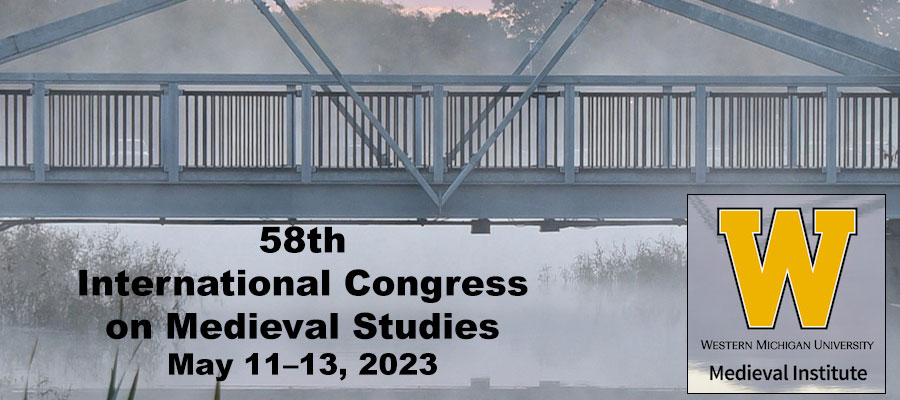Movement & Activation: Social Sculpture in the Global Middle Ages, session at the 58th International Congress on Medieval Studies, Western Michigan University, Kalamazoo, May 11–13, 2023
Drawing performance studies into the larger field of medieval art history, this session seeks to address the methodological unity between materiality, sensory experience, and activation studies through the paradigm of “social sculpture.” Since Joseph Beuys introduced the term in the late 1960s, contemporary art historians investigated the potentialities of sculpture and bodies-as-sculpture to shape social communities and identity through performance. This session proposal seeks to identify ways in which this phenomenon can be applied to the study of art in the Global Middle Ages.
Transformative and performative, medieval art was integrated into the lived experience of everyday people through religious and political institutions in the form of procession, liturgy, and urban planning. Medieval viewers responded to art through offerings, drawing, graffiti, and ritual actions. We invite papers that might address how medieval sculptural programs shaped and transformed various social, political, or religious communities through direct and indirect contact. We welcome investigations excavating premodern performance practices through the paradigm of social sculpture.
We seek to open this relatively new field of study through a diverse panel focused on different geographies across Afro-Eurasia and welcome papers focused on subjects from the fifth to sixteenth century.
Papers might consider, but are not limited to, the following subjects and questions:
- Participatory sculpture, performance, and spectacle
- The role of the sculpted body-in-space in structuring religious and civic ritual
- Portable sculpture along pilgrimage, processions, and trade routes
- The representation of the body with ephemeral or recyclable materials, such as votive offerings in shrine space and on cult objects
- Delimiting premodern race and community building through public oaths and acts of conversion
- Manipulation of the body in penitential and confessory settings
Session organizers
Ariela Algaze, NYU Institute of Fine Arts
Kris Racaniello, CUNY Graduate Center
